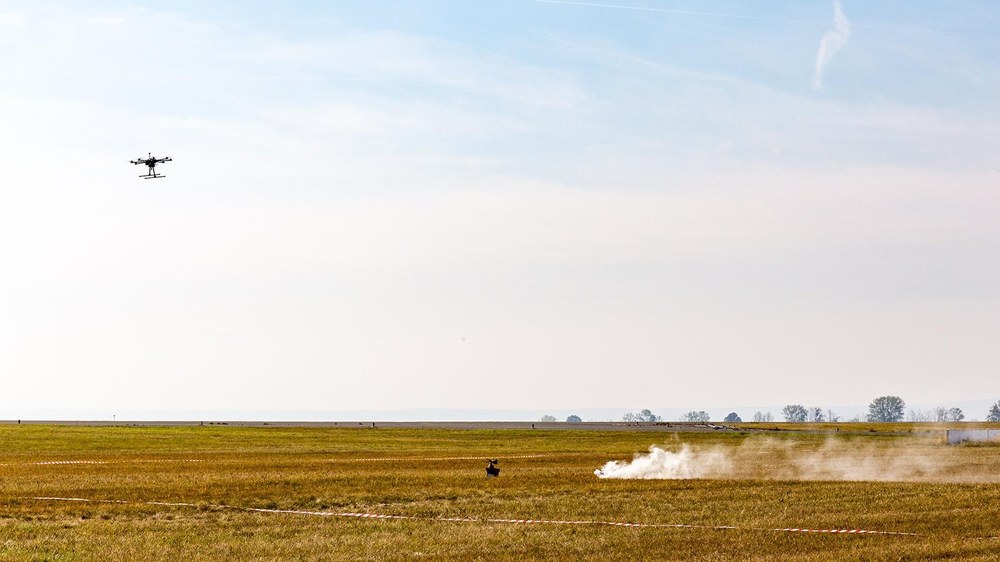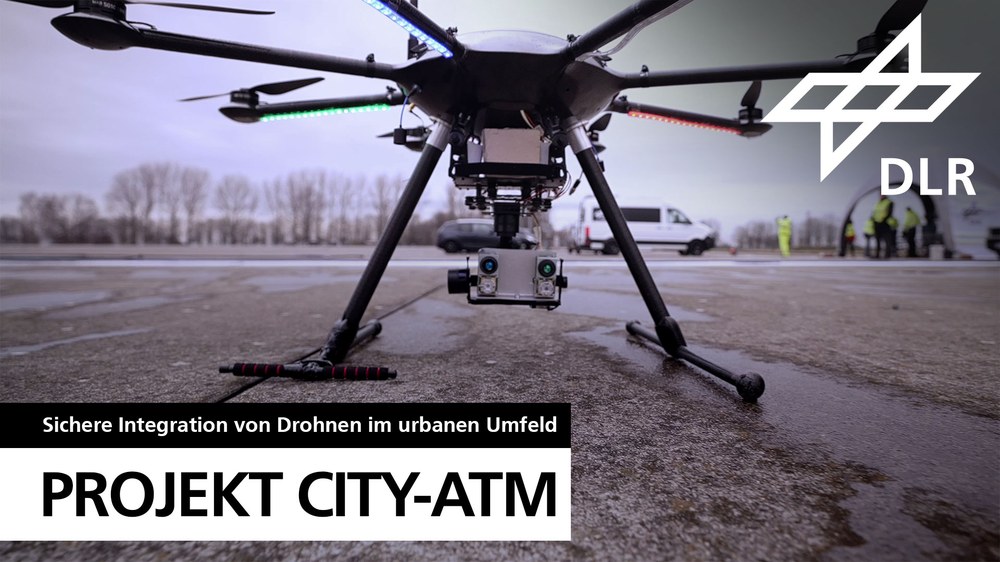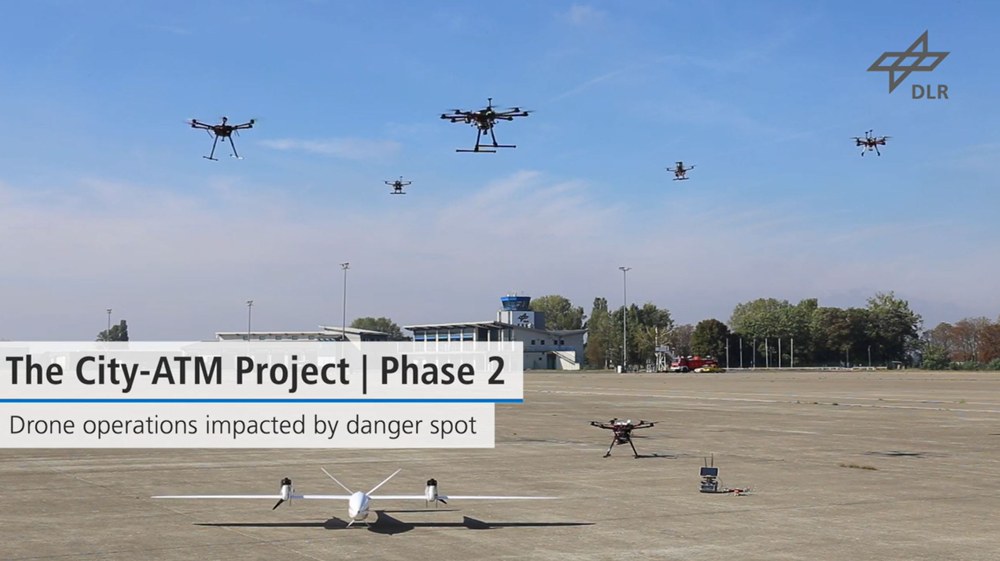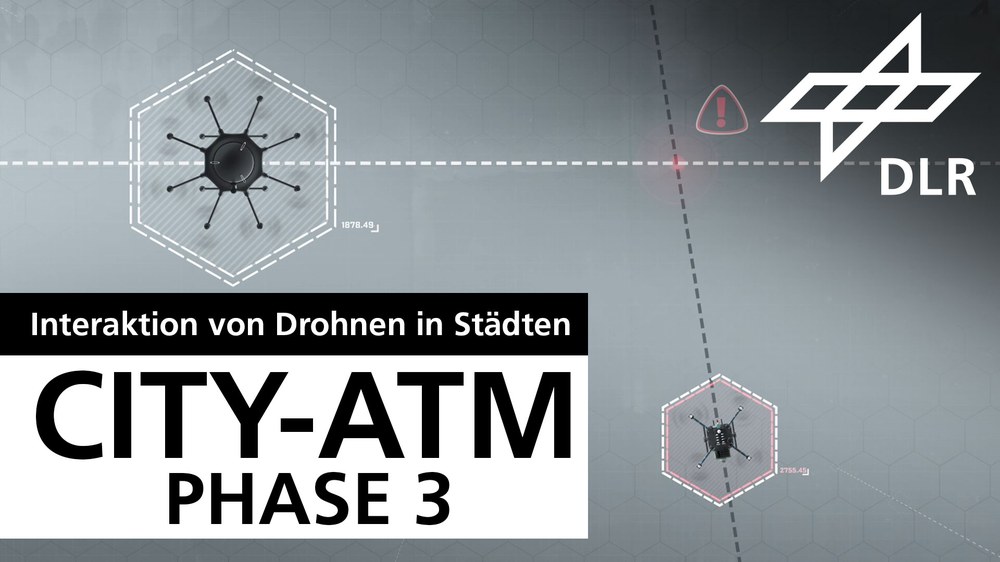City-ATM

To deal with the question of how a future airspace management system for unmanned and manned airspace users, especially operations in urban areas could look like, the German Aerospace Center has started the City-ATM Project at the beginning of 2018. It will address a variety of constraints to ensure safe and efficient integration of new airspace users. These airspace users can be very diverse and, in addition to VFR air traffic, also include others such as personal air vehicles (PAV), cargo UAS, parachutists, weather balloons or prioritized air traffic, such as rescue helicopter. In addition to aspects of different size, performance and abilities, additional requirements with regard to protected flight areas (so-called geo-fencing) or favored, risk-minimized routes must be taken into account in a U-space concept.
Project description
The City-ATM project will develop a concept for future air traffic management (ATM) in urban airspace, which will enable safe and efficient integration of new airspace users (such as unmanned aerial vehicles and air taxis). This includes the definition and validation of operational and technical concepts for airspace management, information provision, traffic flow control and monitoring, as well as CNS-infrastructure. Based on these concepts, a simulation and demonstration platform for urban ATM will be developed. This come along with the development of a concept of operations, the definition of requirements and framework conditions for the future ATM system as well as the considerations on the technical feasibility for users to operate safely in these environmental conditions.

The target system is intended to enable and support flight testing within the developed City-ATM, initially in simulated - later real, but delimited - airspace. The aim of the project is also to bring together relevant stakeholders (such as UAS manufacturers, UTM system providers, aviation authorities and users) to develop a secure and efficient overall solution for the U-Space. The City-ATM project started on 1 January 2018 and is managed by the Institute of Flight Guidance.
Videos

City-ATM project - Safe integration of drones in the urban environment
Your consent to the storage of data ('cookies') is required for the playback of this video on Youtube.com. You can view and change your current data storage settings at any time under privacy.

Drone operations and hazards in City-ATM Phase 2
Your consent to the storage of data ('cookies') is required for the playback of this video on Youtube.com. You can view and change your current data storage settings at any time under privacy.

Autonomous drone operations in dense traffic in City-ATM Phase 3
Your consent to the storage of data ('cookies') is required for the playback of this video on Youtube.com. You can view and change your current data storage settings at any time under privacy.
Downloads
Links
Key data
Project | City-ATM (Demonstration of Traffic Management in Urban Airspace) |
Participants | DLR-Institut für Flugführung (FL) |
In cooperation with | NXP FlyNex GmbH DFS Deutsche Flugsicherung GmbH Auterion AG Zentrum für Angewandte Luftfahrtforschung GmbH KopterKraft |
Duration | 2018 – 2021 |
Funding | Institutional funding |
